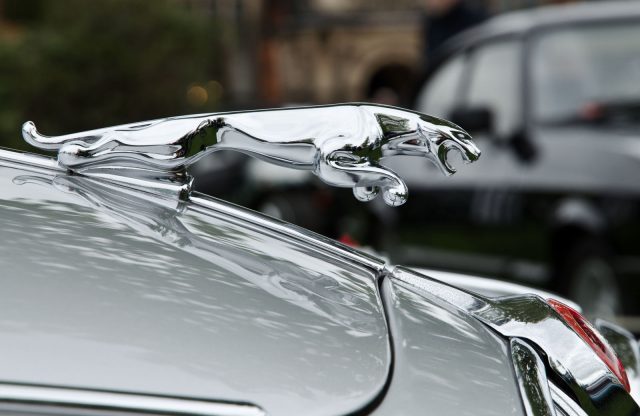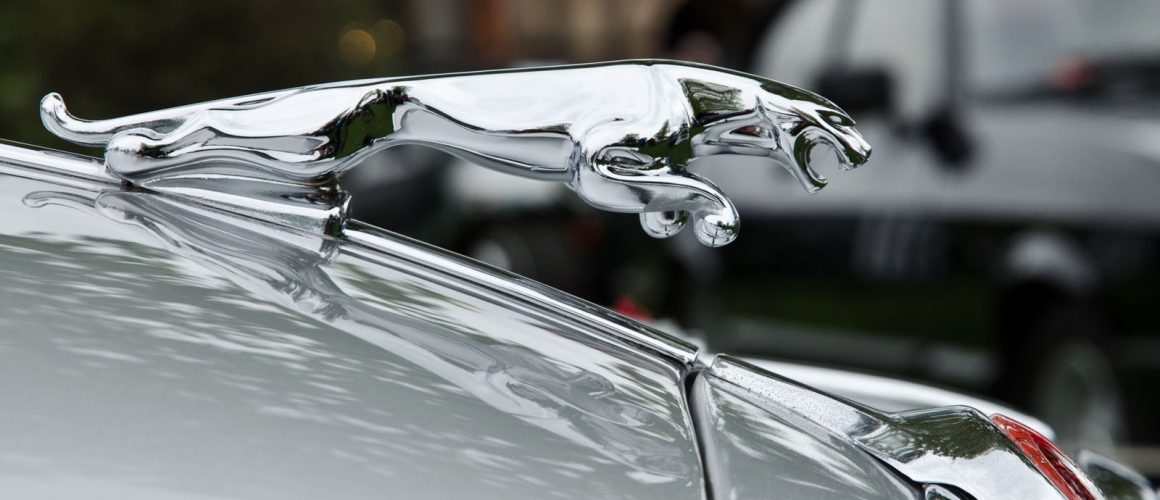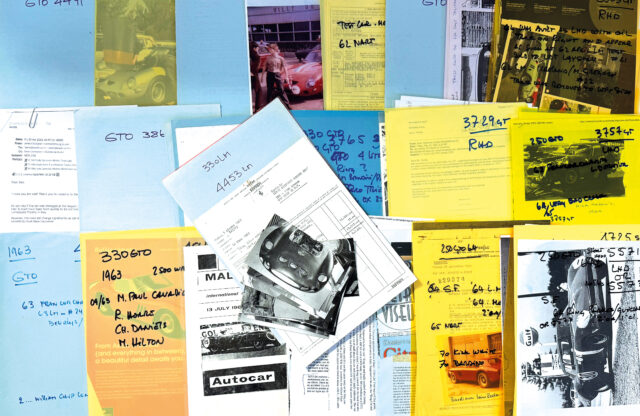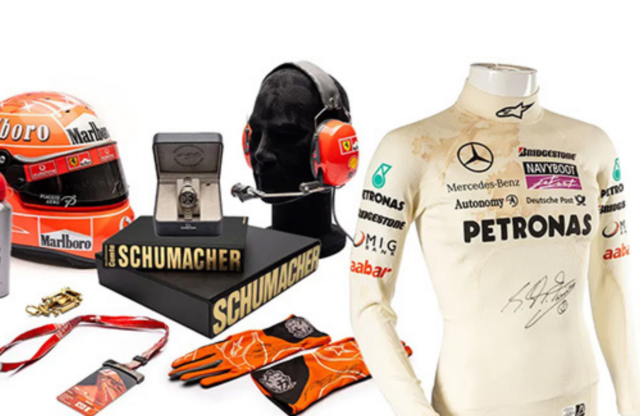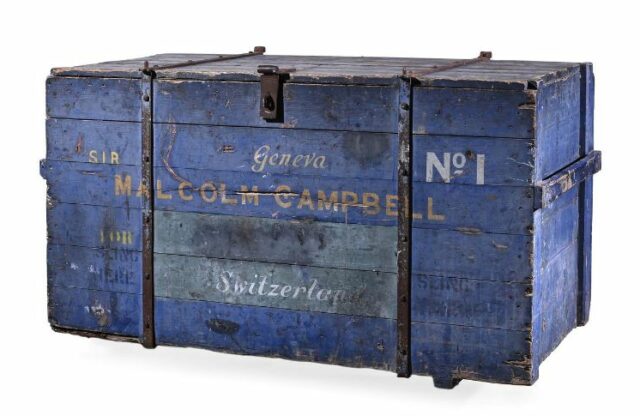WORDS: IAN COOLING | PHOTOS: WIKIMEDIA COMMONS AND IAN COOLING
The Leaping Jaguar by Frederick Gordon Crosby is one of the most instantly recognisable motoring symbols in the world. Yet intriguingly, when SS Cars launched the Jaguar line in 1935, the brochures and other sales literature for the 1935-36 model year did not feature the feline.
This story originally appeared in Magneto issue 14
Instead, the catalyst for SS Cars adopting a mascot may have been the sight of a Desmo version mounted on the radiator cap of a car in the Foleshill Works, probably some time in late 1937 or early 1938. The stories vary, but either Bill Rankin, SS Cars marketing chief, or William Lyons himself saw the mascot and described it as a “cat shot off a fence”. Rankin was then told to arrange a Jaguar mascot of the marque’s own.

The story now leaps forward to 1996. At the Brooks Goodwood Auction in June that year, Gordon Crosby’s own bronze prototype mascot came up for sale with impeccable provenance from the family. On his death, it had passed to his widow, and on her death, to his surviving son, Michael, who consigned the mascot to the auction. A few weeks after the sale I was told that Michael was in England and would like to meet me. I spent a thoroughly enjoyable day with him, learning much about his father and the mascot.
He told me that his father’s bronzes were usually cast by the firm of Parlanti in London’s East End. As many as five rough castings were made, and the best was chosen to be presented to the client for approval. Rejects were returned to Parlanti to be melted down. This is an important point…
Several times a year, rough-looking Jaguar mascots appear on the likes of eBay claiming to be the original prototype. In reality, after the design had been approved for production – presumably by William Lyons himself – the sole remaining prototype was passed back to Gordon Crosby.
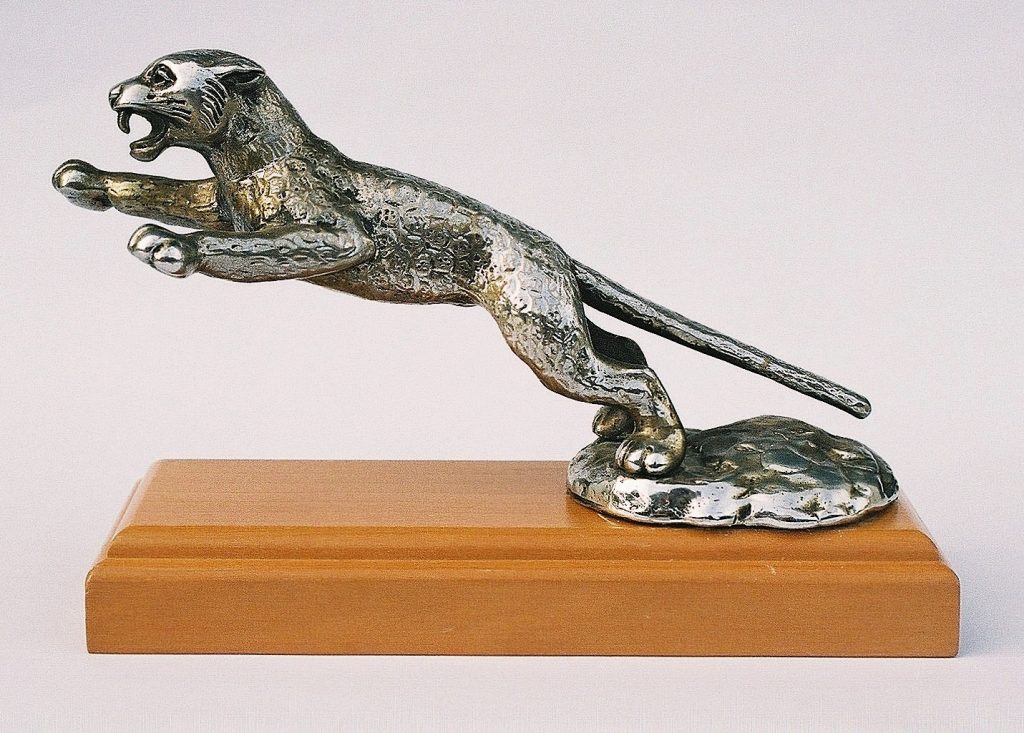
Returning to the production of the mascot, Version 1 was based on Crosby’s prototype, with some of the details softened and rounded. It was originally announced in the December 23, 1938 Autocar, where a small, captioned photo informed readers that the mascot was available from SS Cars agents for two guineas. A later publicity piece confirmed that the mascot was: “Designed expressly for SS Cars Ltd – manufacturers of the Jaguar Car – by the eminent artist and sculptor F Gordon Crosby.”
Version 1 was designed to fit on a radiator cap, and therefore ended around 1951 when the Mark V – the last Jaguar to have an external cap – went out of production. This mascot is 7.25 inches long, and early pre-war examples were often made from ‘pot metal’ – a variable alloy made from scrap metal thrown into a melting ‘pot’. Post-war, this was stabilised as a zinc alloy.
Version 2 appeared in 1955 for the 2.4-litre Mark I. It was also 7.25 inches and made from the same zinc-based alloy as later Version 1s. This was mounted on the bonnet rather than the radiator cap, and the base was reshaped accordingly. Version 3, a scaled-down lookalike of Version 2 at 5.0 inches, was designed for the Mark X in 1965.

By 1970 these cars, and their mascots, were out of production. There then followed nearly 25 fallow years with no mascots on Jaguars, until the arrival of the X300 version of the XJ saloons in 1994. Thanks to AutoMobilia Resource, www.automobiliaresource.com.
